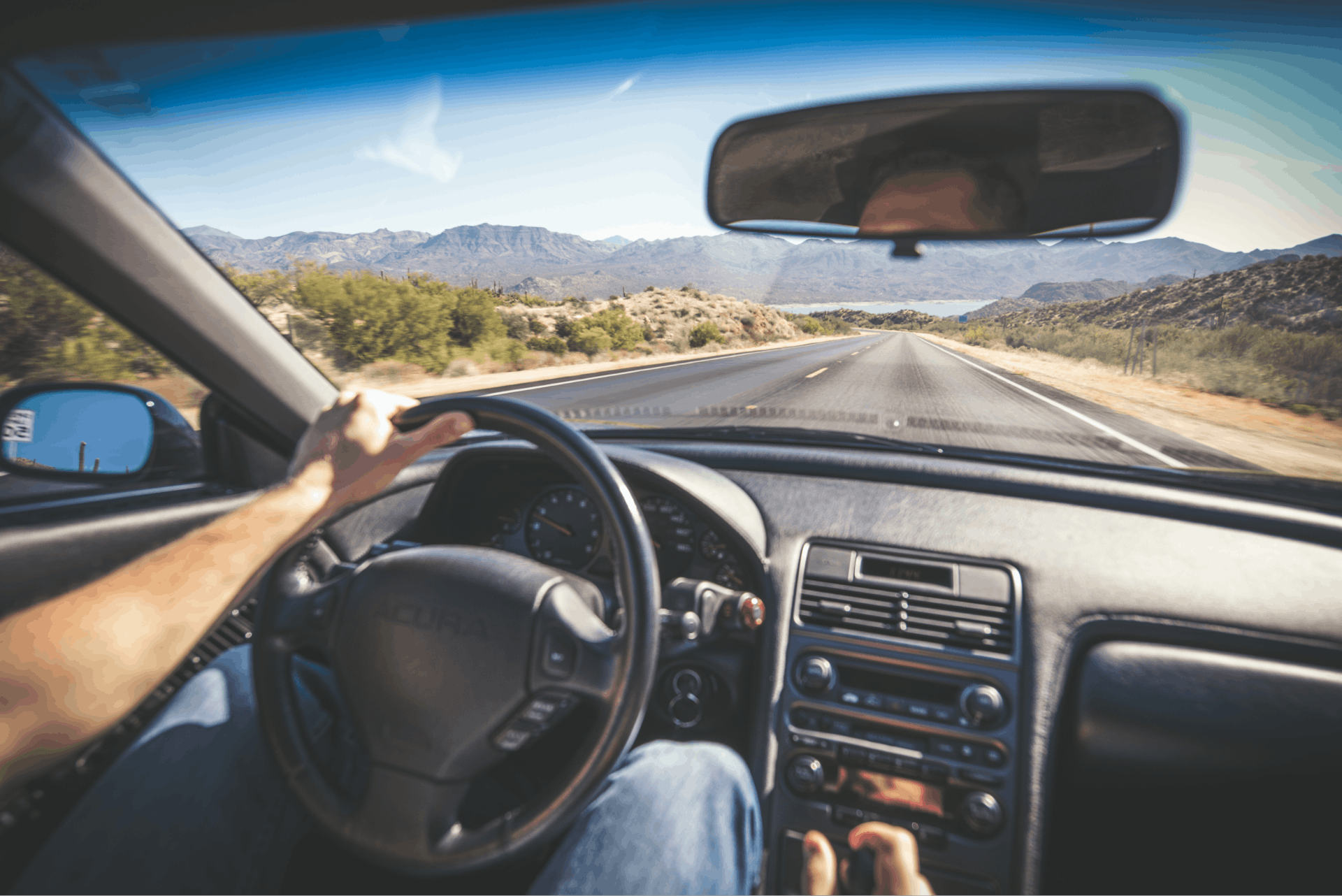All prices shown here are representative of stock condition vehicles only and based on various data sources, as detailed in About Our Prices. Value adjustments for optional equipment are in U.S. dollars. More information on how forecast models are calculated can be found on Forecasted Values page. For additional information and a complete description of benefits, visit hagerty.CA/legal. Purchase of insurance not required for membership in HDC. Hagerty, Hagerty Valuation Tools & Hagerty Drivers Club are registered trademarks of the Hagerty Group LLC, ©2025 The Hagerty Group, LLC. All Rights Reserved.
1964 Pontiac Bonneville Safari
4dr Station Wagon
8-cyl. 421cid/320hp 4bbl
#1 Concours condition#1 Concours
#2 Excellent condition#2 Excellent
#3 Good condition#3 Good
$20,200 CAD*
+80.4%
#4 Fair condition#4 Fair
Apr 2025
Pricing adjustments
+10% for factory a/c.
Adjustments are in USD
+10% for factory a/c.
Adjustments are in USD
Let us watch the market for you
We update the Hagerty Price Guide each quarter. Sign up for alerts and we'll notify you about value changes for the cars you love.
1961-1964 Pontiac Bonneville stats
Sales
137
Photos
1 photoImage may not reflect selected vehicle.
Past sales
$44,625 CAD
1961 Pontiac Bonneville Base
75000 M
Automatic
North America
Apr 7, 2025Bring a Trailer
View details
$29,700 CAD
1964 Pontiac Bonneville Base
50428 M
Automatic
North America
Mar 19, 2025Mecum Auctions
View details
$33,480 CAD
1962 Pontiac Bonneville Base
Automatic
North America
Feb 21, 2025GAA Classic Cars
View details
$96,800 CAD
1964 Pontiac Bonneville Base
153 M
Automatic
North America
Jan 17, 2025Mecum Auctions
View details
$42,900 CAD
1963 Pontiac Bonneville Base
16422 M
Automatic
North America
Jan 15, 2025Mecum Auctions
View details
$44,000 CAD
1964 Pontiac Bonneville Base
26407 M
Automatic
North America
Jan 15, 2025Mecum Auctions
View details
Insurance
Protect your 1964 Pontiac Bonneville from the unexpected.
Better coverage built for classics at a price you can afford. Online quotes are fast and easy
More 1964 Pontiac Bonneville Safari values
Model overview
Model description
The top-of-the-line full-size Pontiac of the early 1960s was the Bonneville. These cars always received a more powerful engine than what was offered in the similar Star Chief, and where the Star Chief was available only as a 4-door sedan or hardtop, buyers in 1961 could order their Bonneville as a 2-door or 4-door hardtop, or a 2-door convertible. A 4-door station wagon was offered as a Bonneville Custom, but this model was based on Catalina underpinnings and had only the engine and interior in common.
Like most cars of the early 1960s, the Bonneville had strong horizontal lines and no-nonsense bodywork. These cars were handsome, businesslike, and yet also looked capable of speed and handling.
Power was provided with Pontiac’s 389-cid V-8, and a 4-barrel carburetor that boosted horsepower to 235—20 more than other Pontiacs. Bonnevilles with the Hydramatic automatic transmission received the same basic engine rated at 303 horsepower. Various other 389-cid options yielded up to 348 horsepower, while the performance 421-cid motor offered 405 horsepower.
The 1962 Bonneville was essentially unchanged, but for 1963 the Bonneville switched to vertically stacked headlights along with the rest of the Pontiac lineup, excepting only the Tempest. Also in 1963, the Bonneville Custom wagon was dropped, but a Bonneville Safari 4-door station wagon was added, this time built on a true Bonneville chassis.
For 1964, the Bonneville started towards the “coke bottle” styling that would define the brand for the next several years. Instead of the prior years’ straight lines, 1964 bodywork began to swell behind the doors and then swept back aft of the rear wheel wells in the manner of a Coca-Cola bottle laid on its side. Also, the 389-cid engine was raised to 255 horsepower, or 306 with the Hydramatic. The 421-cid option was still available at up to 370 horsepower.
Collectors who want the straight line look can choose from any year from 1961-1963. Convertibles are most popular, followed by coupes. Four-speed manual transmission with floor shift was optional throughout this era, and is worth the higher price than the automatic or three-speed. For those who want the later 1960s muscle car look, the 1964 models with coke bottle curves delivers that visual aspect. Regardless of model year, there’s really no way to go wrong with a Pontiac Bonneville of this era.
Vehicle specifications
- Shipping Weight4275 lbs
- Vehicle Length213.8 in
- Wheelbase - Inches119 in
Find more values
Search for prices of other cars, trucks, vans and motorcycles
Common Questions
The value of a 1964 Pontiac Bonneville Safari can vary greatly depending on its condition, mileage, options, and history. Typically, you can expect to pay around $13,700 USD for a 1964 Pontiac Bonneville Safari in good condition with average spec.
Many factors can increase a car's value including excellent condition, exceptional originality, a recent restoration, low mileage, unique provenance, desirable options, popular or unique color choices, and excellent maintenance records. Upgrades and modifications that enhance performance or aesthetics can also add value.
Factors that can decrease a car's value include unusually high mileage, poor maintenance history, visible wear and tear, accidents or damage, title issues, and gaps in ownership history. Additionally, less popular color choices and extensive modifications that don't appeal to a broad audience can reduce value.
Mileage plays a significant role in a classic car’s value. Lower mileage usually increases value because it indicates a higher degree of originality, is rarer, and suggests less wear and tear. However, cars with exceptionally low mileage may also have maintenance needs due to lack of use. Whether someone should pay more for a vehicle with lower miles will depend on how they plan on using it, and the vehicle's specific condition.
The value of modified cars differs widely based on the type and quality of modifications. While some modifications can significantly increase value, especially performance enhancements and high-quality custom work, others may not add much or could even detract from the car’s value if they appeal to only a limited audience.



